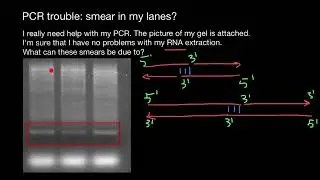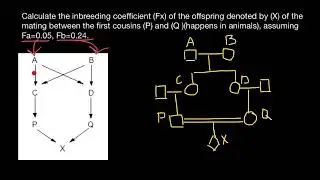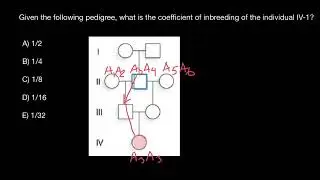Fox Domestication in Russia: A Fascinating Experiment in Genetic Selection
The domestication of animals has a long history, but one of the most intriguing and remarkable experiments took place in Russia, specifically in Novosibirsk, during the late 1960s. This experiment involved the domestication of foxes and was led by the renowned geneticist Dmitry Belyaev. The research aimed to understand the process of domestication and explore the genetic and behavioral changes that occur over generations. Let us delve into the fascinating world of fox domestication in Russia.
The Experiment Begins:
Dmitry Belyaev, driven by his curiosity about the common ancestry of dog breeds and their relationship with wolves and foxes, proposed targeted selection as a means to domesticate foxes rapidly. The economic significance of furs in the USSR further supported the initiative. With the approval of his experiment, Belyaev embarked on his groundbreaking research in Novosibirsk's Academgorodok.
Collaboration and Selection:
Belyaev collaborated with biologist Lyudmila Trut to carry out the experiment. Their first step was to visit fur farms across the USSR to select black-brown foxes that displayed the highest level of obedience. The specific selection criteria were known only to the researchers, ensuring the integrity of the experiment.
Crossbreeding and Offspring:
After careful selection, 30 males and around 100 females were chosen for the experiment. The researchers initiated a process of natural and controlled breeding, allowing the foxes to produce offspring. From these offspring, fox cubs exhibiting not only friendliness but also curiosity towards humans were selectively bred. The remaining foxes were either sent to zoos or used for breeding purposes.
Remarkable Transformations:
After several generations, significant changes began to manifest. The domesticated foxes showed a remarkable lack of fear towards humans, actively seeking contact and displaying increased interest. Their aggressive tendencies diminished, differentiating them from their wild counterparts. These friendly foxes even demonstrated happiness upon encountering humans, eagerly inviting interaction and seeking affectionate gestures.
Physical and Behavioral Changes:
The transformation of the domesticated foxes extended beyond their behavior. Anatomical changes became evident over time, with the foxes developing wider skulls. However, their legs experienced a reduction in length, potentially impacting their ability to run swiftly. Nevertheless, these changes did not hinder their enthusiasm for food, as they eagerly sprinted towards their bowls during feeding time.
Expanded Breeding Potential:
One of the most notable outcomes of the experiment was the increased breeding potential of domesticated foxes. Unlike their wild counterparts, they could mate at any time, resulting in more frequent occurrences of offspring. This aspect of the experiment further contributed to the understanding of genetic and behavioral changes associated with domestication.
Conclusion:
The domestication of foxes in Russia stands as a remarkable scientific experiment that shed light on the intricate process of domestication and the genetic and behavioral changes that occur over generations. Dmitry Belyaev and his team's pioneering work showcased the potential for targeted selection to expedite the domestication process. The experiment's success highlights the impact of genetic manipulation on the behavior and physical traits of animals. Through this study, the world gained valuable insights into the complex relationship between humans and the animal kingdom, opening new avenues for understanding domestication and evolutionary biology.































